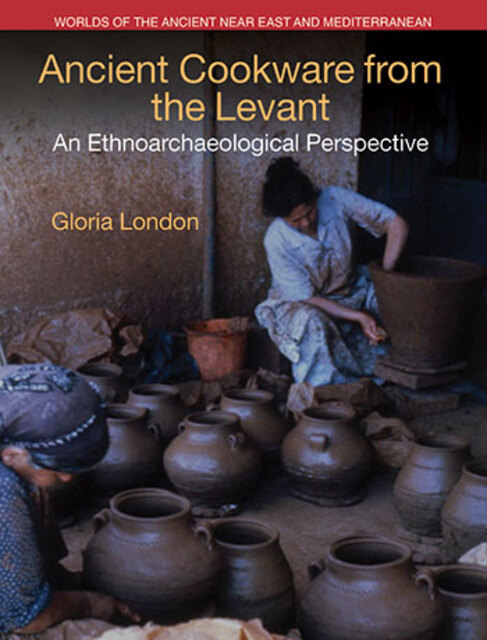London/Ancient Cookware, 4. Ceramic Ethnoarchaeology

Full description
The archaeologist working in the American Southwest, J. W. Fewkes, introduced the term “ethnoarchaeology” over a century ago. Recent studies focus on any aspect of material culture, including ceramics. W. A. Longacre developed a long-term project in the northern Philippines to investigate rural potters who largely make pottery for their families and friends but trade or sell some as well. Building on Longacre’s research among “household” potters, research among traditional craft specialists in the Philippines and in Cyprus involves potters who use local raw materials to shape a traditional repertoire for use by the local population rather than for the tourist market. To record all aspects of pottery production, especially infrequent events, requires full-time residence in the villages. Pottery production is seasonal work limited to summer when dry clay, kilns, and fuel are available. Remote Troodos Mountain potters produced old-fashioned pots no longer needed in lowland towns or cities. Nuances in the fabrication and decoration reflect different workshops and lifestyle rather than chronological differences Although the Troodos and Kornos potters produce some of the same types of pots, they have village-specific decorative patterns and names for deep and shallow cookware as well as other ceramic containers.
- typeImage
- created on
- file formatjpg
- file size45 KB
- container titleAncient Cookware from the Levant: An Ethnoarchaeological Perspective
- creatorGloria London
- isbn9781781793855 (eBook)
- publisherEquinox Publishing Ltd.
- publisher placeSheffield, United Kingdom
- rights holderEquinox Publishing Ltd.
- series titleWorlds of the Ancient Near East and Mediterranean
- doi
We use cookies to analyze our traffic. Please decide if you are willing to accept cookies from our website. You can change this setting anytime in Privacy Settings.
